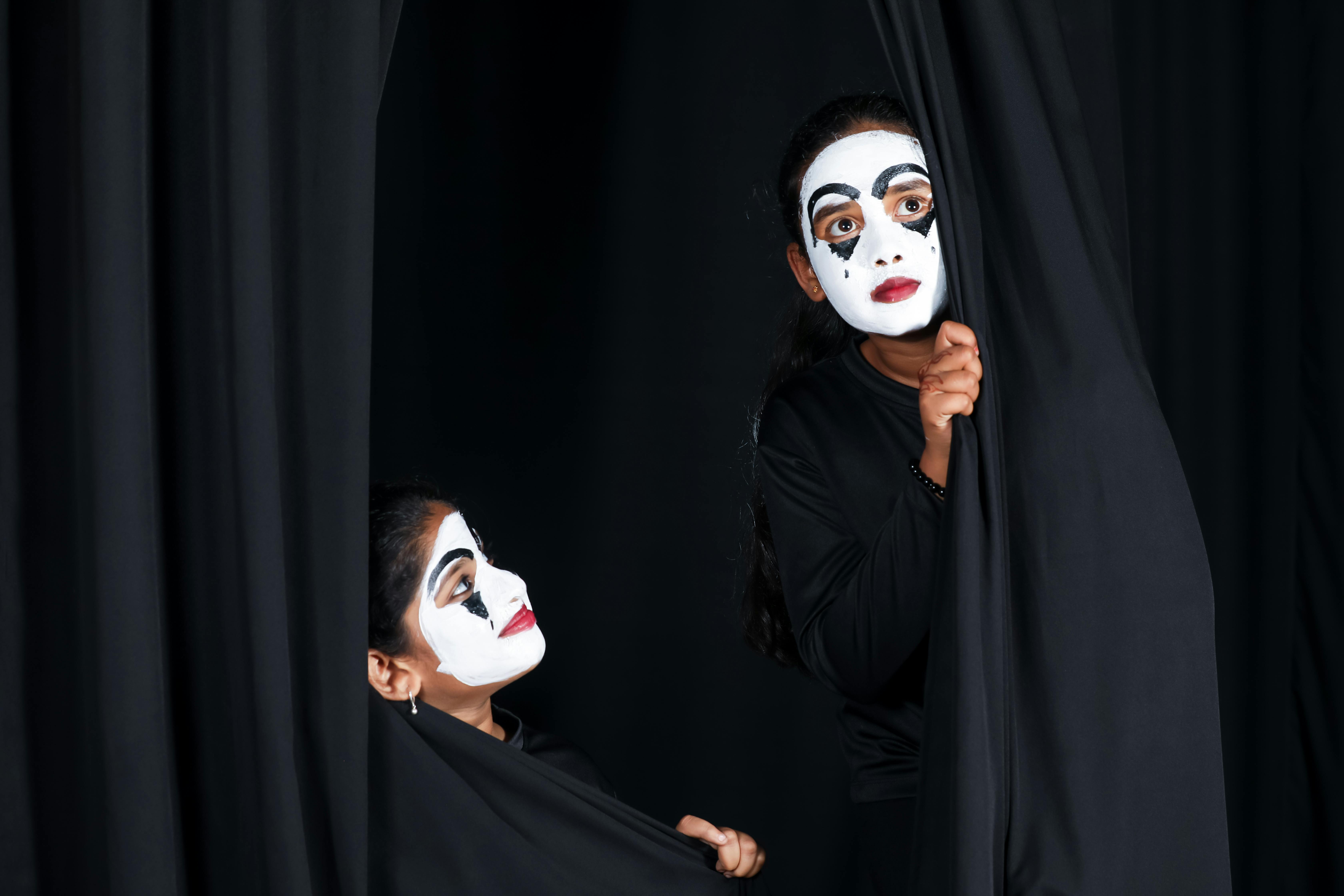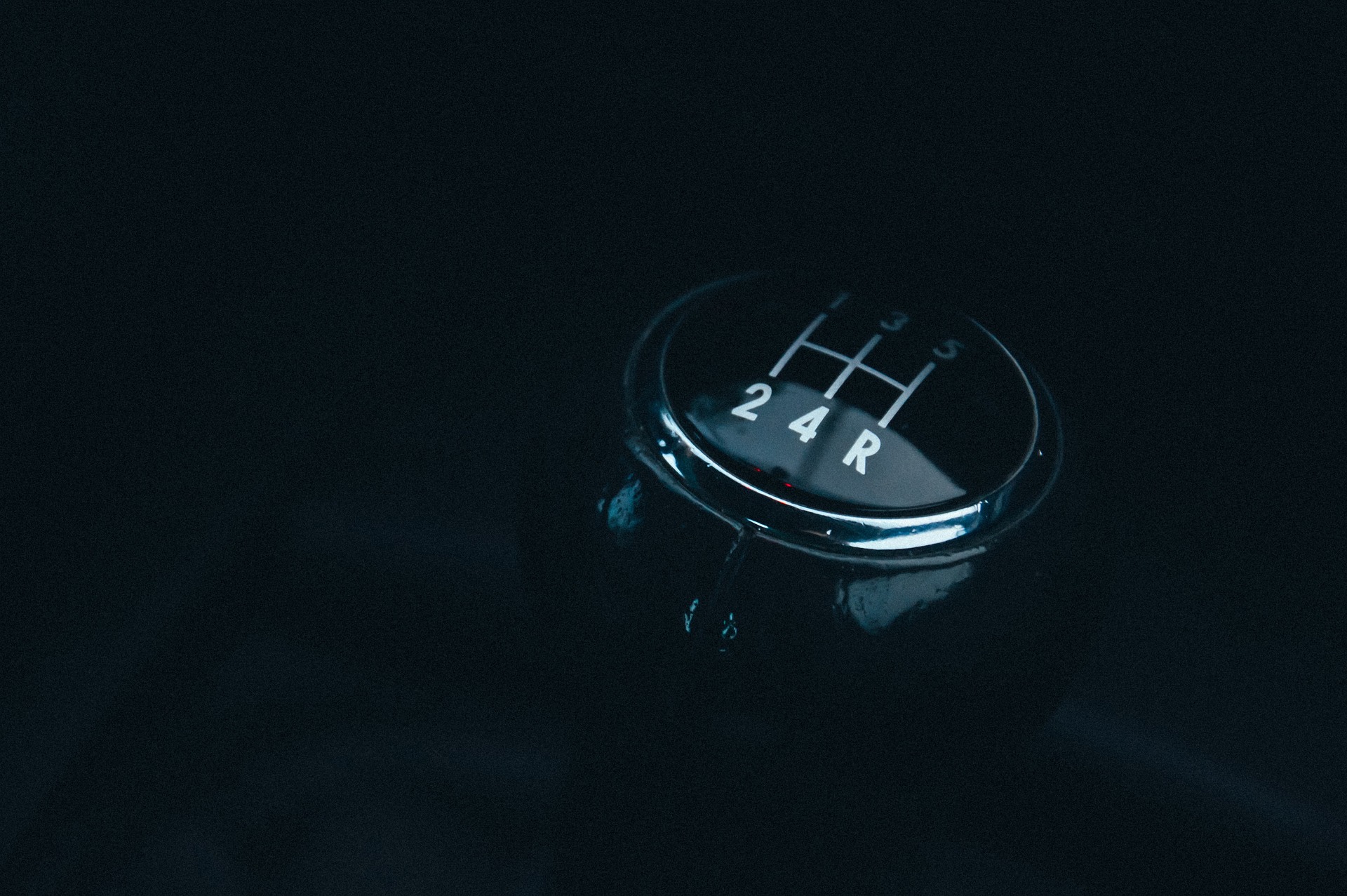Unmasking the Subtle Power of Mime: A Silent Force in Contemporary Performance Art
Mime, the art of speaking without words, has been an integral part of human expression for centuries. Despite its age-old roots, this genre of performance is constantly evolving and holds an enduring fascination for audiences worldwide. This article delves into the intricate world of mime, tracing its historical trajectory, current developments, and the profound impact it has on today's performance art scene.

A Historical Walk Down the Lane of Mime
Mime as we know it today has its origins in ancient Greece, where it was a popular form of entertainment during festivals. It evolved over centuries, adapted by different cultures, and became an essential part of the theater in the 19th and 20th centuries. The pioneering work of artists like Étienne Decroux and Marcel Marceau elevated mime to a standalone art form. Their work continues to inspire mime performers and has left an indelible mark on the art form.
Mime in Today’s World: Current Developments
Mime has come a long way from its early days. Today, it is no longer confined to the traditional white-faced and striped-shirt performer. Modern mime artists experiment with various styles, incorporating elements of dance, clowning, and physical theater. This innovative approach has led to the creation of new sub-genres, such as visual theater and body storytelling. Mime festivals like the London International Mime Festival provide a platform for these artists, showcasing their talent and creativity.
The Impact of Mime on Contemporary Performance Art
The influence of mime extends beyond its own genre and permeates other forms of performance art. Theater, dance, cinema, and even stand-up comedy have borrowed elements from mime. Its emphasis on physicality and non-verbal communication challenges performers to express themselves purely through movement. This has led to a renewed focus on the physicality of performance across the arts, contributing significantly to the development of physical theater and movement-based storytelling.
The Continued Significance and Reception of Mime
Despite the rise of technology and multimedia in the arts, mime continues to hold its ground. Audiences appreciate the simplicity and directness of mime performances, offering a counterpoint to the sensory overload of the digital age. Performers like Bill Bowers and Trygve Wakenshaw continue to push the boundaries of mime, demonstrating its adaptability and enduring power to captivate audiences.
Mime’s power lies in its simplicity and the universal language of movement. As it continues to evolve and influence other art forms, it serves as a testament to the fundamental human need to communicate and connect. The ever-evolving world of mime is a silent force in contemporary performance art, reminding us of the power of non-verbal communication and the beauty of silent expression.





